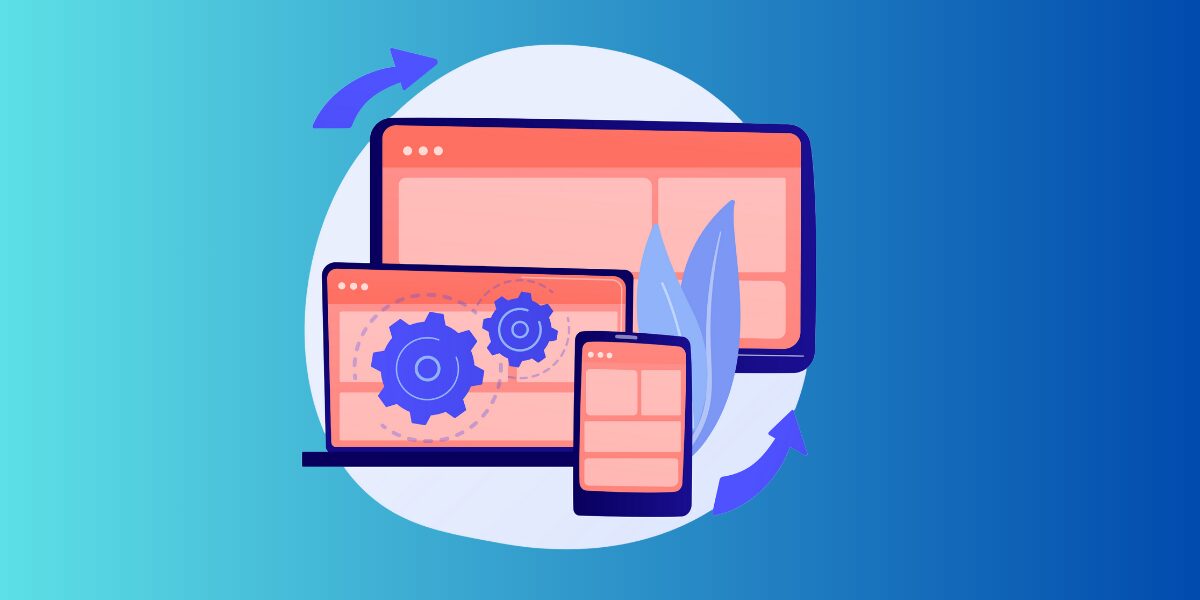Why amazing, personal and instant matter and what we can learn from superpowered critters
When is the last time you had an “amazing” user-experience with your enterprise system? Not with the last upgrade, we can be certain. And, the IT department would agree – their last upgrade experience was likely not quite that amazing either.
Indeed, why should any enterprise software be amazing, let alone the eye-roll inducing “awesome”? They were never meant to be.
This is the enterprise world – born in the dark ages of expensive computing and centralization, designed for complex processes, with the large implementation budgets and massive change management, followed by even larger periodic upgrades. Complexity was answered with complexity. Enterprise systems automate processes and manage users. Awesome and amazing have no role to play.
Not any more, though.
As mobile enters the Enterprise, the user, not the process, is at the center.
It’s not business, it’s personal
The mobile world is more closely wedded to the end-user than any enterprise software has ever been. Mobile apps invade and reside on personal devices – not some faceless, cold corporate laptop. Which makes mobile apps, well, personal. And this is good – business users are traditionally not expected to feel any specific personal connection to enterprise software. With mobile, on the other hand, there is now a personal stake.
This also means that many of the same rules that govern the consumer world apply here. If users don’t get it when they download it, you just lost your audience. And, complex is the opposite what they want to see. Oh, and no training, no user manuals. Smart, intuitive, always-on, speech-ready, responsive – assuredly words that never came up during any enterprise software design session.
These enterprise apps have no choice but to work straight out-of-the-box, respond intuitively, achieve holy grail status and accomplish their primary business task.
None of this make sense to your traditional enterprise practitioner.
Lessons for the (brave new) Enterprise world
Traditional enterprise vendors have a great history of bolting-on new technologies and layers very effectively over their core systems. Evolution, not revolution.
The fit is not great this time around, though. Mobile shakes the foundation of what enterprise systems are set up to do: centralized back-end processing that directs what needs to be done on the field.

Apps, on the other hand, give unprecedented power, flexibility and capability on the field – and beg for decisions to be made, in real-time. And if you have multiple back-end systems, a mobile bolt-on from one incumbent is just not geared to connect with a system from another. The DNA of mobile and cloud is different from that of enterprise systems – doesn’t mean they can’t co-exist, but this is not a straight-line evolution.
So, where will these high-adjective apps come from? If not the enterprise vendors, who?
The consumer world provides some answers. Today’s dominant players were not even blips on the radar two decades ago. Born in the mobile and cloud world, they created from scratch a consumer software industry of unprecedented scale that set mobile adoption on its current trajectory. Businesses should expect the same – a new generation of providers who have an intuitive understanding of what the user wants and are best positioned to deliver a new class of enterprise apps that will drive greater mobile adoption in businesses. Their DNA is different and they respond differently to user expectations. They will integrate with existing enterprise systems, but the latter’s role will change. As before, processes will be automated, efficiencies delivered and ROI met – just on a wholly different scale than before.
OK, but does amazing really matter?
Yes. A year ago most of us couldn’t remember ever having gone hunting late at night for nameless, hard-to-describe, little critters. And, yet, here we are in the post-Pokemon GO era (yes, it’s already “post” and “era”). Amazing, viral and awesome – used in any order, those words just about begin to explain what drove us to do the unthinkable – switch off streaming devices and social feeds and get out into the whole wide world. And, remember, no user manuals. User experience drove stratospheric adoption, changed behavior and drew interest in the potential offered by emerging technologies. Enterprise software could do with some of that…





